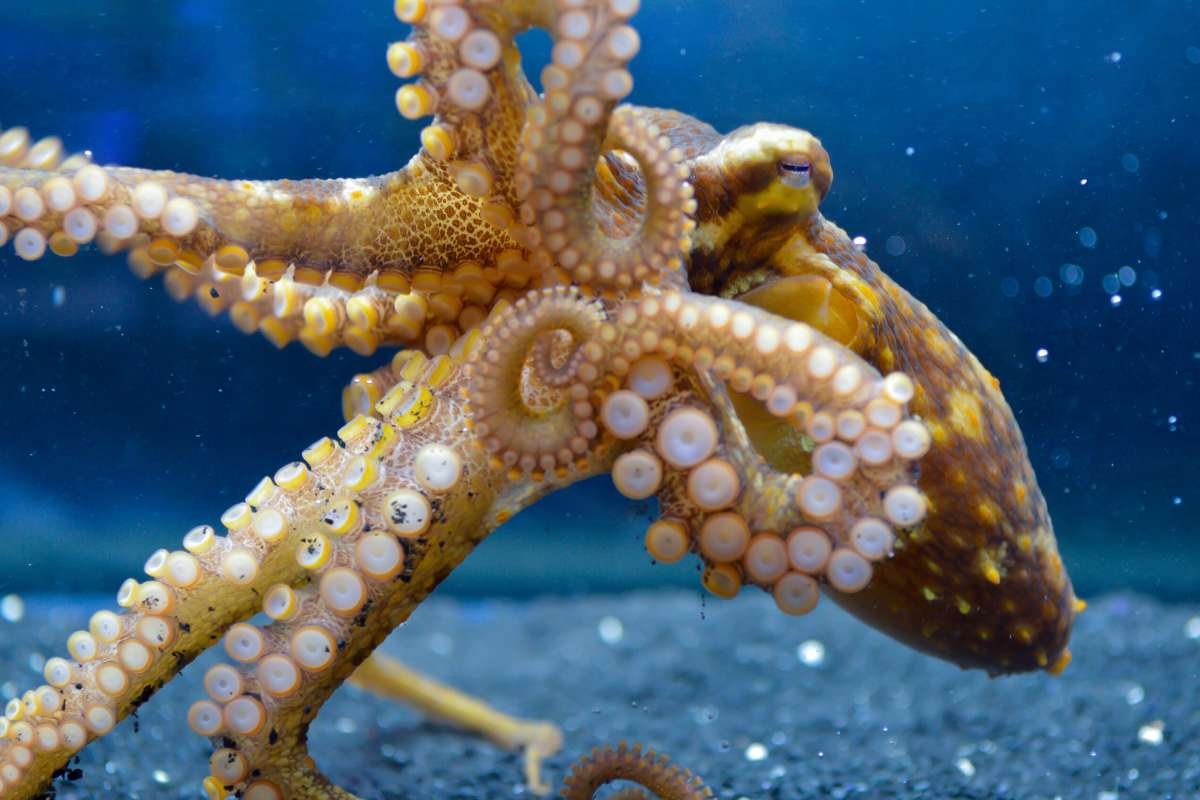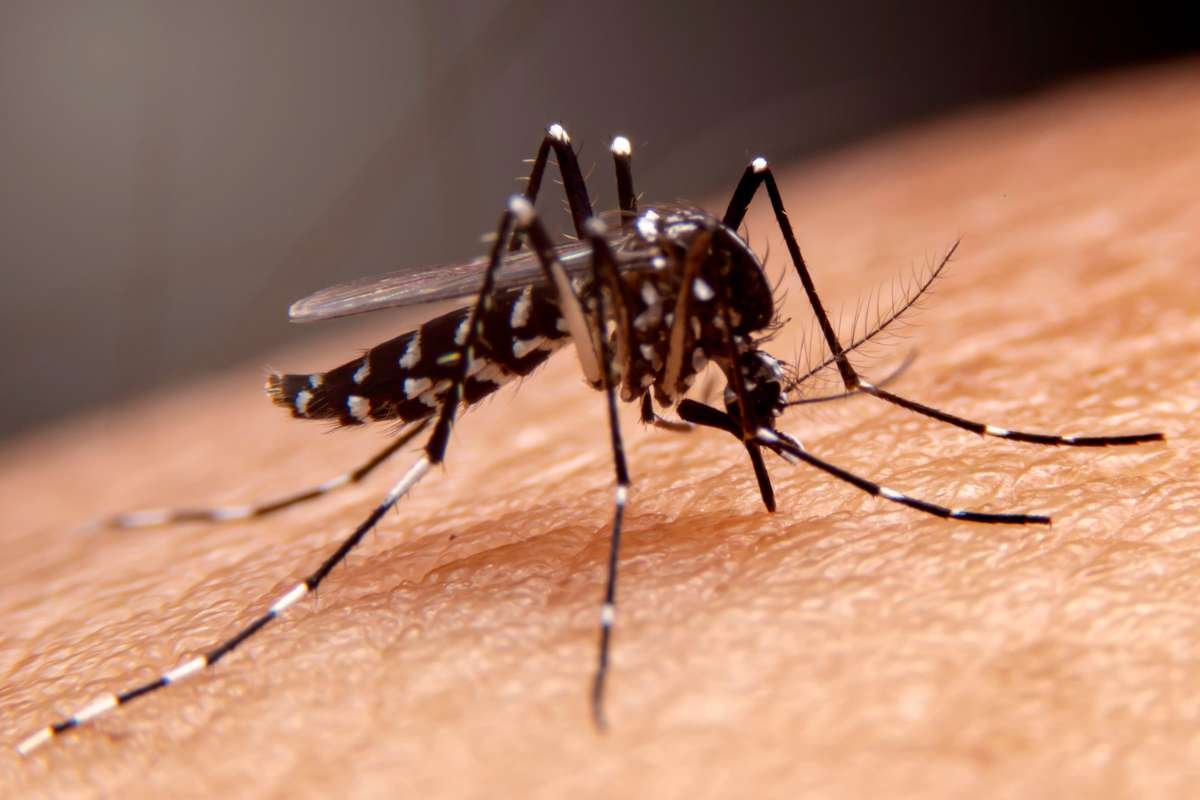In a groundbreaking discovery, scientists have found that octopuses don’t just explore their surroundings with touch, they also taste the microbiomes of the surfaces they encounter. A new study reveals that octopus sensory receptors located in their arms allow them to detect microbial life on objects, enabling these intelligent sea creatures to make more informed decisions about food, safety, and even social interactions.
Each octopus arm contains hundreds of suckers, each with over 10,000 sensory receptors. These octopus sensory receptors send chemical signals to the brain via a network of 500 million neurons. While previous research showed that octopuses could differentiate between healthy and unhealthy eggs using their arms, the exact mechanism behind this ability was unclear until now.
Harvard molecular biologist Rebecka Sepela and her team uncovered 26 unique octopus sensory receptors on the octopus’s arms that appeared tuned to molecules found specifically on surfaces, not in the water. Testing hundreds of microbial strains from the surfaces of both healthy and decaying crabs and eggs, they found that only certain microbes, those associated with decay, activated these receptors.
Microbial Clues Inform Octopus Behavior
The study’s findings indicate that octopuses are not responding to the surface of objects themselves, but to the microbiomes living on those surfaces. Microbes release chemicals that signal whether something is fresh, healthy, or decaying. These chemical emissions are picked up by octopus sensory receptors, helping the animal decide how to react.
Dr. Nicholas Bellono, who leads the Harvard lab where the study took place, explained this process as similar to how humans detect spoiled milk, the unpleasant taste comes from microbial activity. But more broadly, it’s comparable to how human gut microbes communicate with the body, influencing everything from immunity to digestion.
Interestingly, the octopus uses this ability to avoid danger- it is more attuned to microbial signals that suggest something is harmful rather than something that is attractive. “If they don’t sense it, then it’s good to eat,” said Dr. Marcus Stensmyr, a sensory biologist at Lund University.
This reverse logic, using aversive signals to make decisions, is different from how most animals operate. For example, insects are usually drawn to chemicals that attract them to food or mates, rather than being warned off by harmful signals.
A New Frontier in Animal Sensing and Evolution
Beyond octopuses, this research opens up broader implications for understanding animal behavior and evolution. Dr. Chelsea Bennice of Florida Atlantic University, who studies the skin microbiomes of octopuses, believes that this microbial detection might also influence how octopuses interact socially and avoid disease, especially important in the face of climate change and warming oceans.
The study’s findings also hint at a deeper truth: animals may be using microbial cues more extensively than previously understood. Dr. Bellono emphasized that microbes, often underestimated, have likely played a larger role in shaping animal biology and evolution than we’ve realized.
“This could be a universal language across different kingdoms of life,” he said, suggesting that microbes might be the silent messengers behind many of life’s complex interactions. As scientists continue to decode these microbial conversations, the role of octopus sensory receptors represents a new layer of biological understanding just beginning to emerge.
Visit more of our news! The Lifesciences Magazine.







